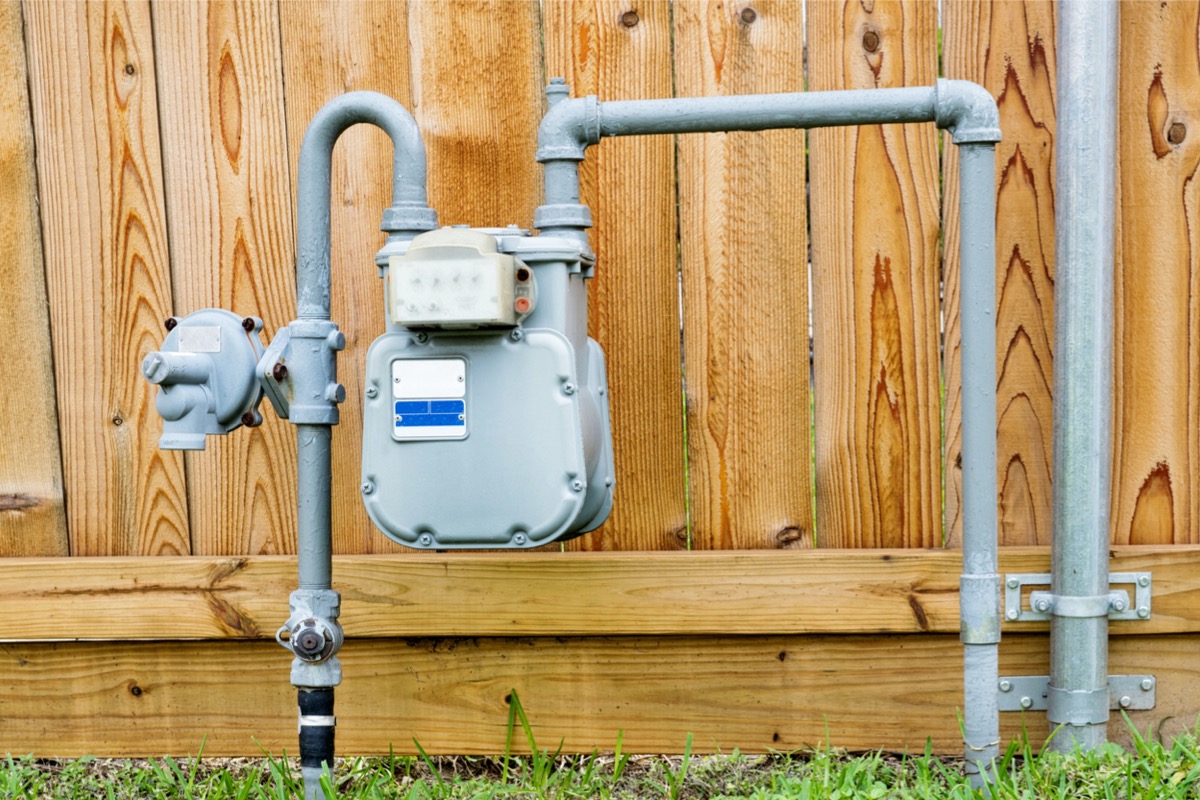Understanding the Switch
Transitioning from propane to natural gas involves changing your home's primary fuel source. This process requires careful planning and professional execution to ensure safety and efficiency.
Why Consider Switching?
Several factors motivate homeowners to switch from propane to natural gas:
- Cost Savings: Natural gas is often, though not always, less expensive per unit of energy (BTU) than propane. Market prices fluctuate, so local comparisons are essential.
- Convenience: Natural gas is supplied via a continuous underground pipeline, eliminating the need for tank refills and monitoring fuel levels.
- Environmental Considerations: While both are fossil fuels, natural gas generally has a slightly lower carbon footprint than propane upon combustion for the same heat output.
- Property Value: Access to natural gas can be a selling point for some properties.
Key Steps in the Conversion Process
The conversion process typically involves the following stages:

1. Verify Natural Gas Availability:
- Contact your local utility company to confirm if natural gas service is available at your address.
- Inquire about connection fees, meter installation costs, and the timeline for extending service to your property if a main line is nearby but not directly connected.
2. Appliance Assessment and Conversion/Replacement:
- Crucial Difference: Propane and natural gas appliances are not directly interchangeable due to different operating pressures and air-to-fuel ratios. Propane appliances use smaller orifices for fuel delivery than natural gas appliances.
- Conversion Kits: Many modern appliances (furnaces, water heaters, stoves, dryers) can be converted from propane to natural gas using manufacturer-approved conversion kits. This typically involves changing orifices, regulators, and sometimes burners. This work must be performed by a qualified HVAC technician or plumber.
- Replacement: Older appliances or those without available conversion kits will need to be replaced with new natural gas models.
3. Professional Installation and Permitting:
- Gas Line Installation: A licensed professional must install new gas piping from the natural gas meter to your appliances. This includes pressure testing the new lines.
- Permits and Inspections: Most municipalities require permits for gas line installation and appliance conversion/installation. Inspections will be necessary to ensure compliance with local codes and safety standards.
4. Propane Tank Management:
- Contact your propane supplier to arrange for the removal of your propane tank. If you own the tank, you will be responsible for its proper decommissioning and disposal according to environmental regulations. Leased tanks are typically removed by the supplier.
- Ensure all propane is safely removed from the tank and lines before disconnection.
5. System Activation and Safety Checks:

- Once all installations and inspections are complete, the natural gas utility will activate your service and install the meter.
- A final check of all appliances should be performed by the technician to ensure they are operating correctly and safely with natural gas. This includes checking for leaks and proper combustion.
Potential Benefits Summarized
- Continuous fuel supply.
- Potential for lower energy bills.
- Elimination of on-site fuel storage tanks.
Important Considerations and Costs
- Upfront Costs: These can be significant and include utility connection fees, new piping installation, appliance conversion kits or new appliances, labor, permits, and propane tank removal. Obtain detailed quotes.
- Appliance Compatibility: Not all propane appliances can be converted.
- Professional Expertise: This is not a DIY project. Incorrect installation or conversion can be extremely dangerous, leading to gas leaks, fire, or carbon monoxide poisoning. Always use licensed and insured professionals.
Consult with local utility companies and qualified HVAC or plumbing professionals to get accurate assessments and quotes for your specific situation before making a decision.









